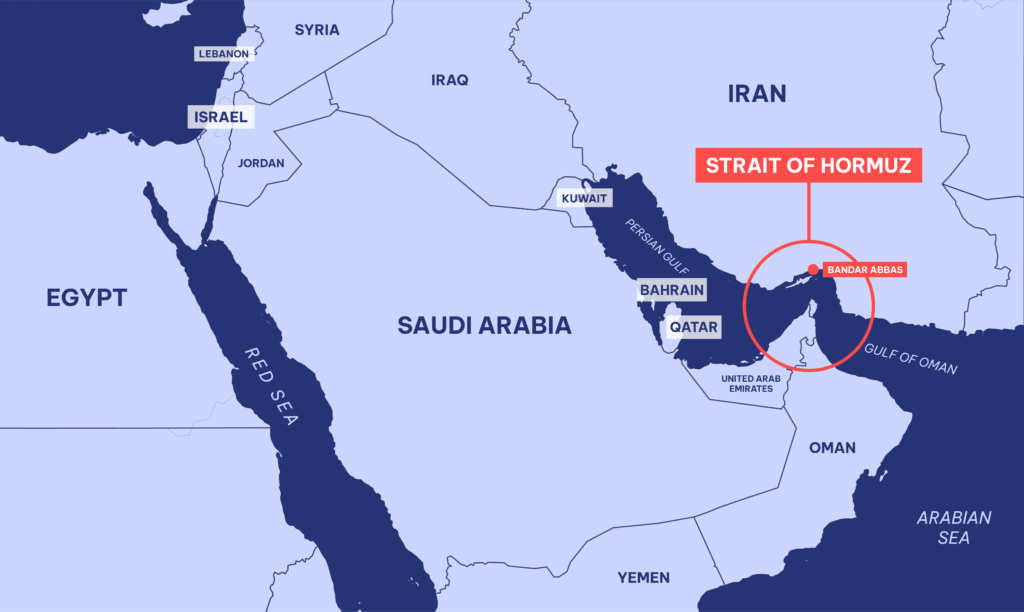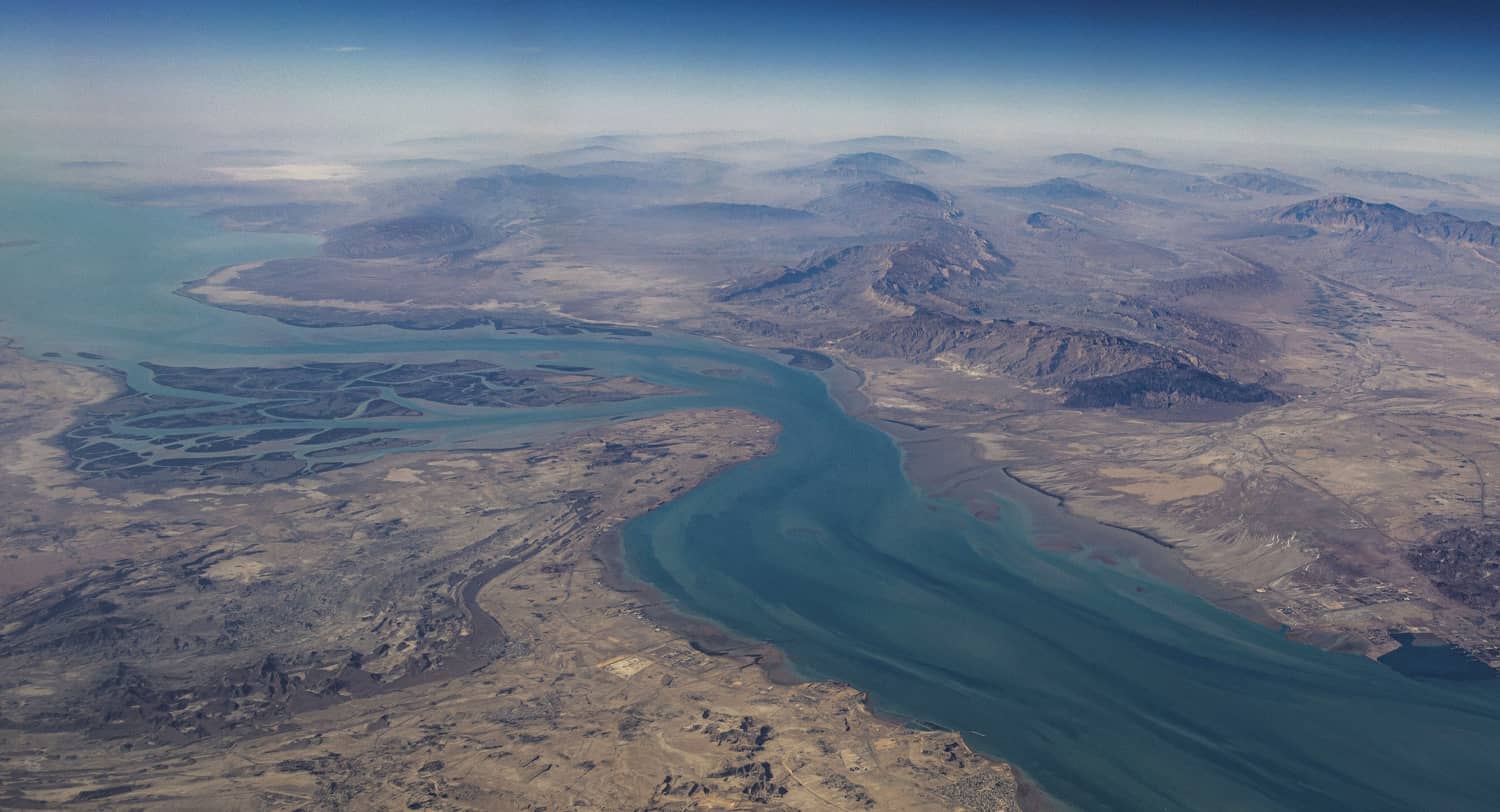On November 14, Iran’s Islamic Revolutionary Guard Corps seized a Marshall Islands-flagged vessel transiting the Strait of Hormuz and confiscated the ship’s cargo of high sulphur gasoil, releasing the ship and crew five days later.
Twenty percent of all oil traded globally passes the Strait of Hormuz. Iran claims to “fully control” the strait, has a lengthy history of harassing vessels transiting it and has frequently threatened to forcibly close it. But this seizure was Iran’s first since July 2024. With regional perceptions of Iran’s military capabilities diminished, it was predictable that Iran might resume flexing its muscles in the Strait of Hormuz to project an image of strength.
The threat of Iran closing the strait no longer engenders the same level of fear it once did. Iran’s navy could use its base at Bandar Abbas on the north end of the Strait to interdict ships or attack them with drones or ballistic missiles, and its stockpile of 5-6 thousand sea mines could be deployed to endanger passage through the strait. But Iran would struggle to completely blockade the strait and its naval capabilities would be quickly degraded by the inevitable multilateral military response. Furthermore, Iran has not shown an ability to coordinate its two separate forces, the Iranian Navy and the stronger Revolutionary Guard Corps navy, both of which would be needed to close the strait.

Attempts to close the strait could result in a larger-scale repeat of Operation Praying Mantis, the one-day campaign launched by the US Navy in 1988 in response to the near-sinking of the USS Samuel B. Roberts. This operation resulted in the defeat of Iran’s two most formidable warships and brought about an end to the Tanker War. Additionally, Iran would likely face considerable pressure from its Chinese allies given that 84 percent of the oil that transits the strait goes to Asia and that China receives 47 percent of its seaborne oil from the Persian Gulf.
There are other reasons for Iran to resort to geopolitical theater in the Strait of Hormuz: such moves might distract its public from multiple domestic crises. Iran’s latest attempt at flexing its muscles in international waters comes at a time when its people are running out of water.
Iran faces a generational water shortage that has led government officials to openly discuss imposing water rations or evacuating roughly 10 million people from Iran’s capital Tehran, with President Pezeshkian admitting that Iran “no longer has a choice” but to relocate the capital away from a city that is increasingly being rendered unlivable.
While some of the crisis is attributable to environmental factors such as Iran’s six-year-long drought, studies suggest the blame largely falls on the Iranian government’s “unsustainable groundwater management,” which risks “potentially irreversible impacts on land and environment.” A whopping 92 percent of Iranian water usage goes to supporting Iran’s subsistence agricultural industry, a byproduct of the regime’s efforts to create a “resistance economy” wherein Iran produces enough food domestically to reduce its reliance on agricultural imports. Iran’s government ignored warnings from experts that it lacked sufficient water to sustain this strategy and repeatedly failed to slow the drilling of wells to support farming. Nearly half of the country’s 47,000 wells operate without permits. A water shortage in 2021 sparked unrest in Iran’s western province of Khuzestan that necessitated violent government suppression.
Another source of domestic distress is an economy weakened from new rounds of economic sanctions in response to Iran’s nuclear program. Inflation hovers around 40 percent and extended power outages have become increasingly common. Meanwhile, Iran’s 86-year-old Ayatollah was largely absent from public during the Twelve-Day War in June, causing many Iranians to question the country’s leadership. Only 11 percent of citizens express continued support for Iran’s Islamic Revolution in one poll. The disastrous results of the Twelve-Day War forced the regime to crack down on internal dissent amid concerns of rising discontent with the direction of the country.
Iran’s efforts to project strength and pursue regional hegemony, like the capture of a tanker in the Strait of Hormuz, will do little to address its underlying weaknesses or restore public confidence in the regime. Ultimately, it is Iran’s ability and willingness to address its home-grown crises, not its penchant for maritime geopolitical theater, that will determine whether the regime can steady the ship or face further internal instability.



